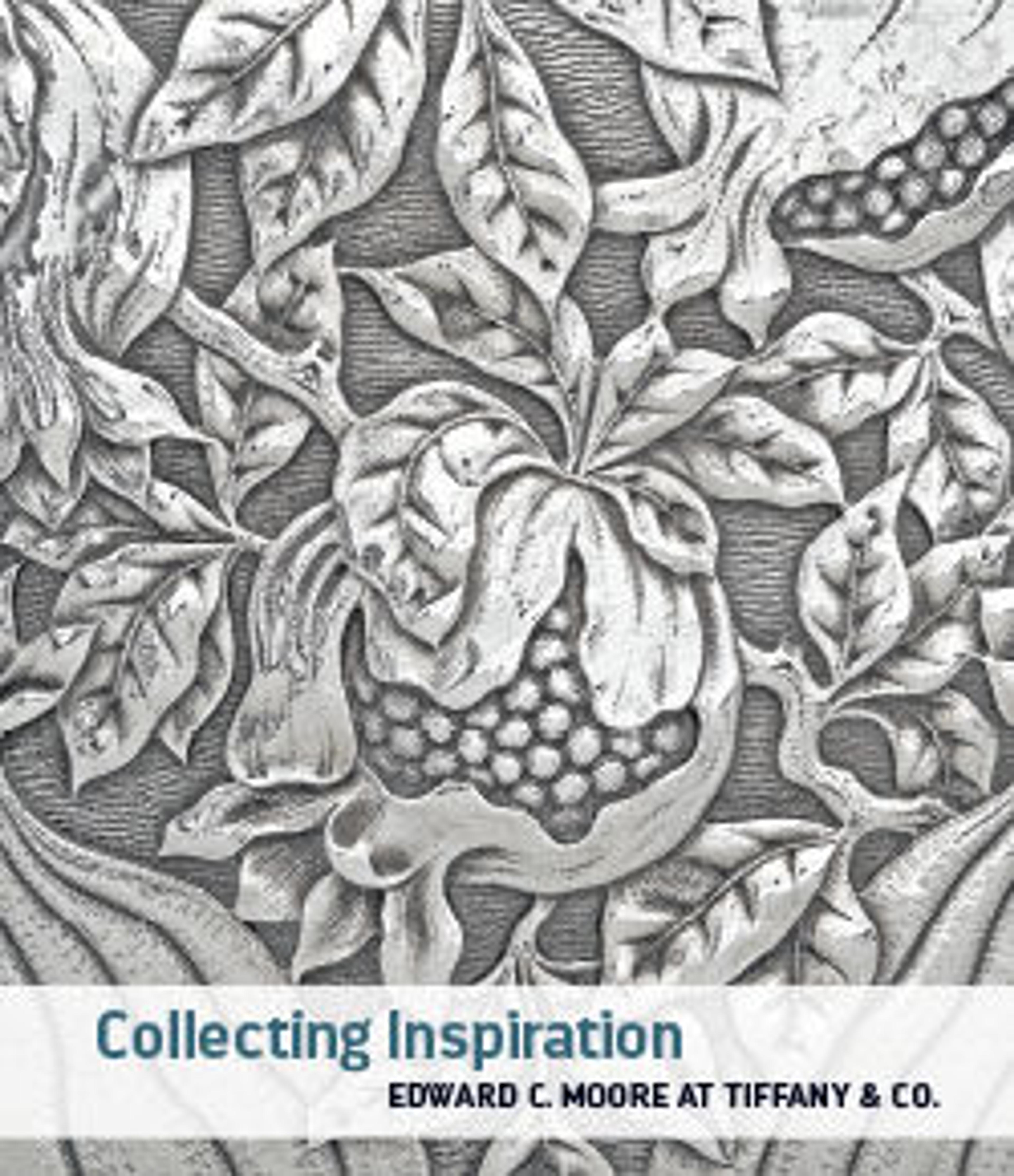Dish
During the Kangxi period, enameled porcelain achieved new heights, featuring bright colors and exquisite images. This superb example not only conveys the dragon’s impressive power, but also communicates humor through the creature’s comical gaze. Known as famille verte (French, “green family”), Kangxi enameled porcelain was very popular in the West from the seventeenth to the early twentieth century. The magnificent wares became luxury ornaments in fashionable European and American homes, including Moore’s.
Artwork Details
- Title:Dish
- Period:Qing dynasty (1644–1911), Kangxi period (1662–1722)
- Date:late 17th century
- Culture:China
- Medium:Porcelain (Jingdezhen ware)
- Dimensions:H. 2 3/4 in. (7 cm); Diam. 14 1/2 in. (36.8 cm); Diam. of foot 9 3/8 in. (23.8 cm)
- Classification:Ceramics
- Credit Line:Edward C. Moore Collection, Bequest of Edward C. Moore, 1891
- Object Number:91.1.410
- Curatorial Department: Asian Art
More Artwork
Research Resources
The Met provides unparalleled resources for research and welcomes an international community of students and scholars. The Met's Open Access API is where creators and researchers can connect to the The Met collection. Open Access data and public domain images are available for unrestricted commercial and noncommercial use without permission or fee.
To request images under copyright and other restrictions, please use this Image Request form.
Feedback
We continue to research and examine historical and cultural context for objects in The Met collection. If you have comments or questions about this object record, please contact us using the form below. The Museum looks forward to receiving your comments.
